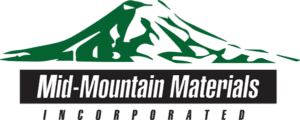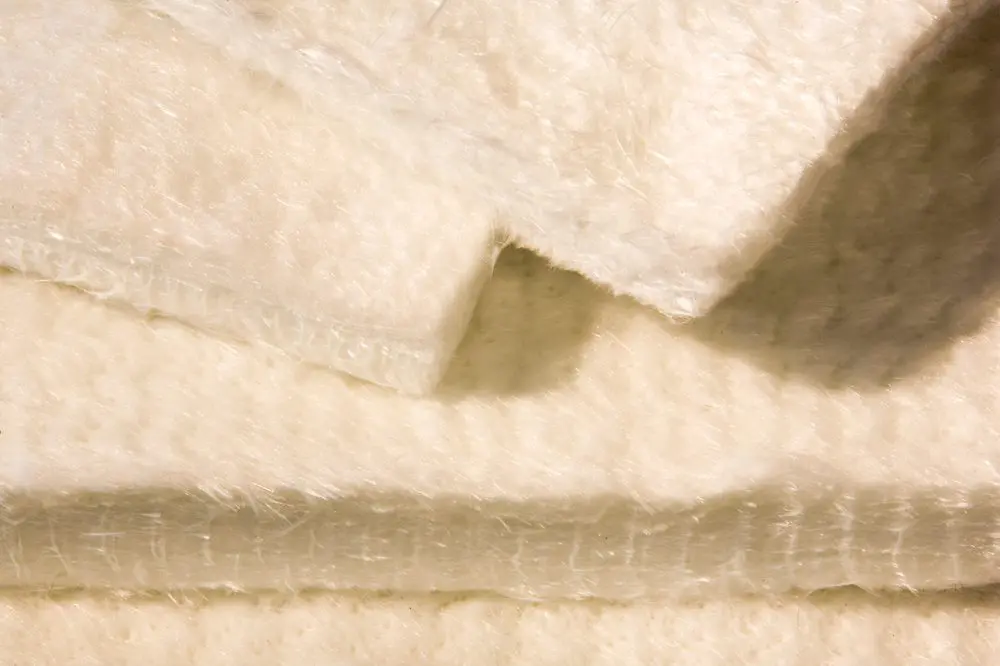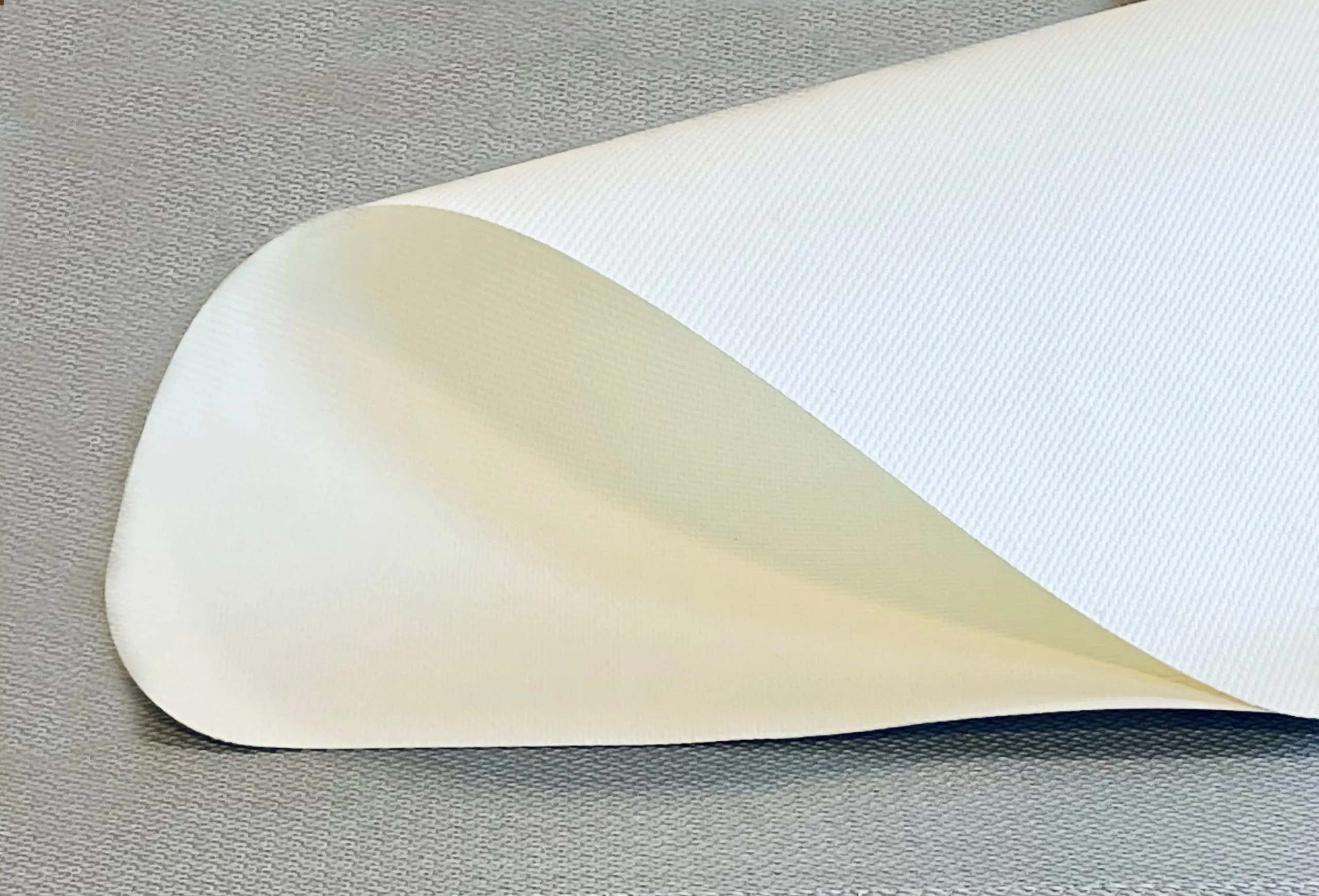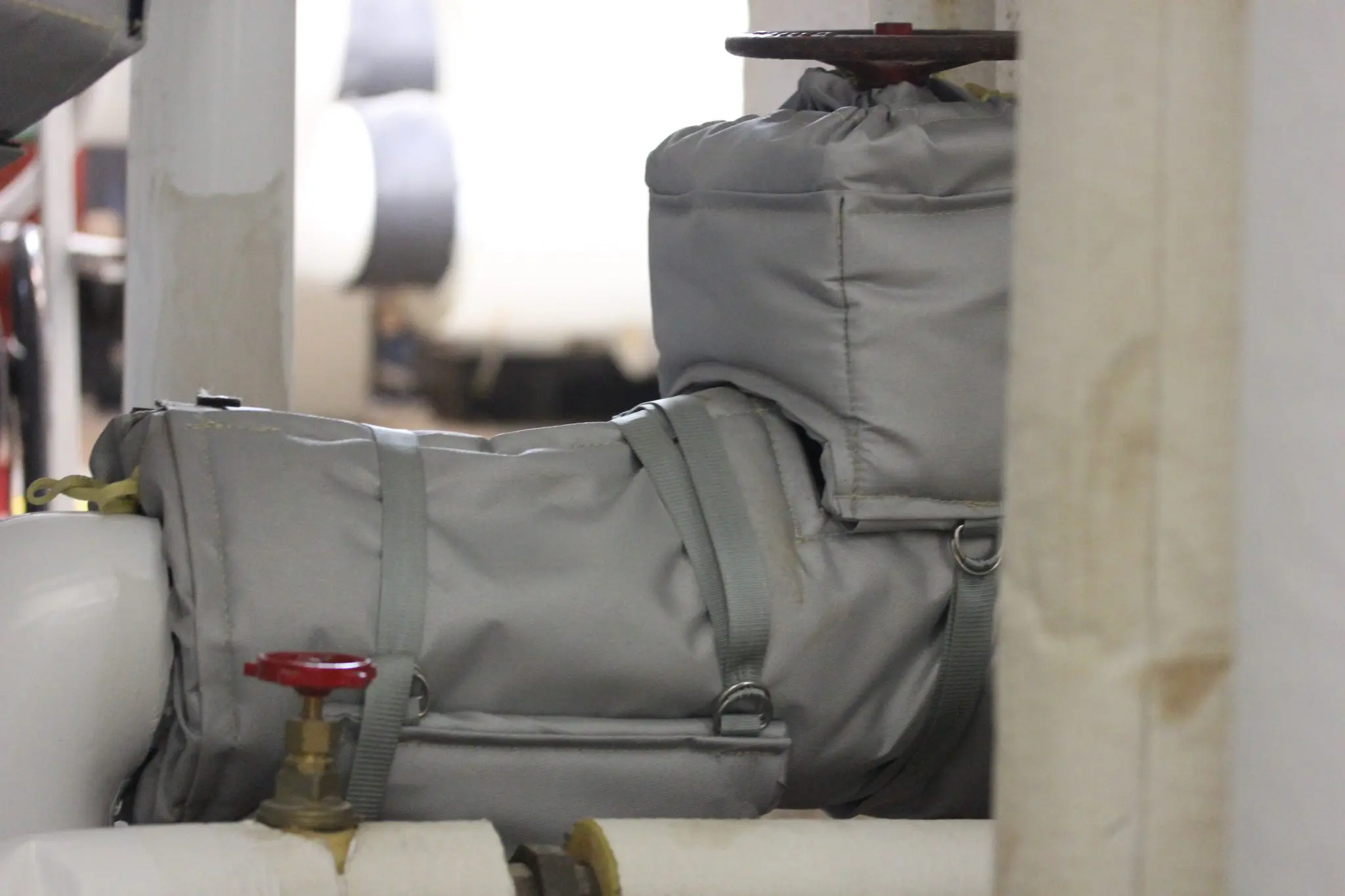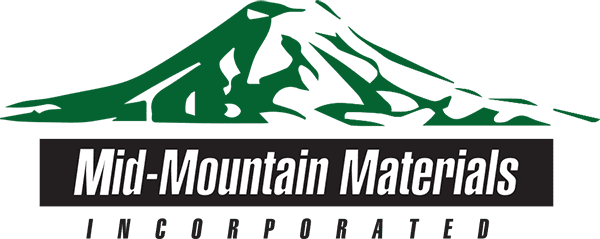When to use Thermal Insulation Tape
There are many industrial processes that exude or transfer heat throughout components. Excess heat that is not controlled can damage machinery, negatively impact processes, and cause harm to humans. Therefore, offering the right protection is key. Thermal insulation tape is used in various applications to provide thermal protection and control heat transfer. This post will [...]
